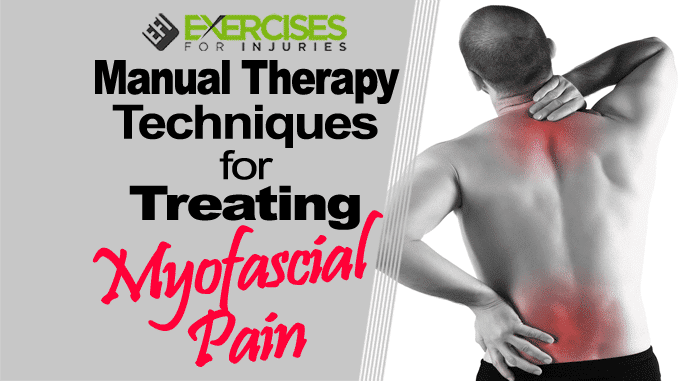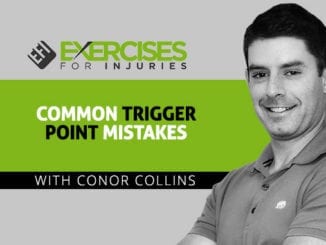
People with myofascial pain experience muscle pain in one or more specific areas of their bodies. Myofascial pain refers to pain that is triggered by muscle contractions. If you’ve ever had a muscle pull, you know how painful it can get! This pain is very similar to people with myofascial pain.
To understand myofascial pain, you must first understand something about muscles. When you lift something, your muscles work together to do it.
Different groups of muscles in your body work together to do various tasks. For example, some muscles help you lift something, while others allow you to hold something. Myofascial pain is triggered when one of those groups of muscles that work together is pulled in a way that causes the fibers to contract.
This pulling of the muscle fibers causes the surrounding tissue to become inflamed. The inflammation in the tissue is what causes that pulling pain as well as other symptoms. For example, someone with myofascial pain might feel muscle soreness in a joint or muscle or soreness in the same general area as the muscle.
The human body is a dynamic and intricate machine. While most of us are familiar with how our muscles move our bodies and perform daily tasks, we may not recognize how they all work together. For example, when we stretch or exercise, our muscles work together to enable movement and maintain it. Maintaining our muscle tone or flexibility throughout our daily routines is essential.
Two Types of Fibers
Our muscles are made up of two types of fibers: slow-twitch and fast-twitch. Slow-twitch fibers are used when we are performing isometric muscle contraction for sustained periods of time, such as lifting weights. Fast-twitch fibers are used for explosive movements, and as a result, they require more oxygen to perform.
If you’ve ever had a muscle strain, you’ve probably experienced muscle pain. Muscle pain occurs when the muscles are stretched beyond their normal range of motion. This can cause microscopic tears in the muscle fibers, initiating pain. This slight pain can be felt at much lower levels than we know. When we experience muscle pain, it may feel like a dull ache or a sharp pain. This can make it difficult to pinpoint.
Continued muscle tension and stress can cause muscle spasms, another type of muscle pain.
I came across an excellent presentation when researching for my blog post on posture and scapular muscles.
Please note I am a fitness professional. I do no manual therapy, but I found the presentation informative on better understanding trigger points and different manual therapy techniques when dealing with myofascial pain.
The presentation is excellent.
You can go through the slides, but if you click the little speaker on It, you can hear the presentation’s audio.
Be patient with the presentation, as it can take time to load your computer.
The part I liked the best was going to Slide 45 and listening to the reply on the self-myofascial release.
Dr. William Prentice talks about foam rolling and self-massage.
If you are interested in more information about trigger points, the person I go to is Bill Huhn.
I often host Bill’s courses.
- Understanding Trigger Points to Overcome Pain with William N. Huhn – April 16, 2011
- HANDS-ON: Trigger Point for Lumbar, Hips, Buttocks, and Groin Issues – April 17, 2011
Rick Kaselj, MS


 .
.

